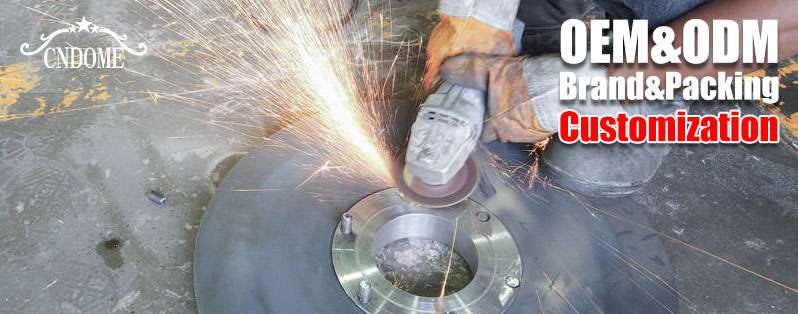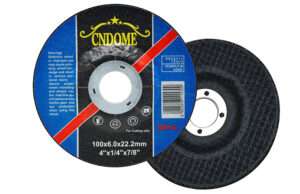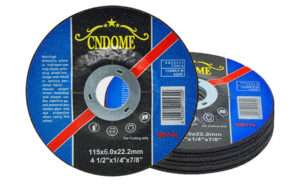In the vast landscape of manufacturing and machining, the selection of the right grinding wheel is akin to choosing the perfect tool for a specific job. Whether you’re shaping metal, smoothing surfaces, or sharpening edges, the choice of grinding wheel can significantly impact the outcome of your work. Let’s embark on a journey through the intricacies of grinding wheel selection and uncover the factors that govern this crucial decision-making process.
Understanding Grinding Wheels
Before delving into the selection process, it’s essential to grasp the fundamentals of grinding wheels. These wheels are composed of abrasive particles bonded together to form a solid, circular tool. The abrasive material, be it natural or synthetic, determines the wheel’s cutting properties and effectiveness in various applications.
Grinding wheels come in a myriad of shapes, sizes, and compositions, each tailored to specific tasks and materials. From coarse grinding to fine polishing, there’s a wheel designed for every purpose, be it in industrial settings or small-scale workshops.
Factors Influencing Selection
Selecting the right grinding wheel involves considering a multitude of factors, each playing a pivotal role in determining the wheel’s suitability for a given application. Here are some key considerations:
- Material Compatibility: Different materials require different grinding wheel compositions. For example, grinding wheels for steel may differ from those used for aluminum or titanium. The hardness, toughness, and thermal conductivity of the material being worked on must be taken into account.
- Grain Size and Type: The abrasive grain size dictates the surface finish and material removal rate. Coarser grains are suitable for rough grinding, while finer grains excel in precision grinding and polishing. Additionally, the type of abrasive (e.g., aluminum oxide, silicon carbide, or diamond) influences cutting efficiency and wheel longevity.
- Wheel Shape and Size: The geometry of the grinding wheel, including its diameter, thickness, and profile, must match the intended application and machine specifications. Whether it’s a straight wheel, cup wheel, or cylindrical wheel, choosing the right shape ensures optimal performance and safety.
- Wheel Hardness and Bond Type: The hardness of the grinding wheel determines its ability to resist wear and maintain shape during operation. Likewise, the bond material (e.g., vitrified, resin, or metal) affects wheel stability, coolant retention, and chip clearance. Selecting the appropriate hardness and bond type is crucial for achieving desired results.
- Operating Conditions: Factors such as machine speed, coolant type, and workpiece geometry influence grinding wheel selection. High-speed grinding requires wheels capable of withstanding centrifugal forces, while wet grinding applications necessitate wheels with good coolant retention properties.
Expert Guidance and Resources
Navigating the myriad options available in the market can be daunting, especially for those new to grinding operations. Seeking advice from experienced professionals and consulting technical resources can provide valuable insights into optimal grinding wheel selection. Manufacturers and suppliers often offer technical support and guidance to help customers choose the right wheel for their specific requirements.
Conclusion
In the realm of manufacturing and machining, the selection of the right grinding wheel is a critical decision that can significantly impact productivity, quality, and safety. By considering factors such as material compatibility, grain size, wheel geometry, hardness, and operating conditions, manufacturers can make informed choices that yield superior results. With a thorough understanding of grinding wheel selection principles and access to expert guidance, machinists and engineers can navigate the complexities of the process with confidence and precision.



